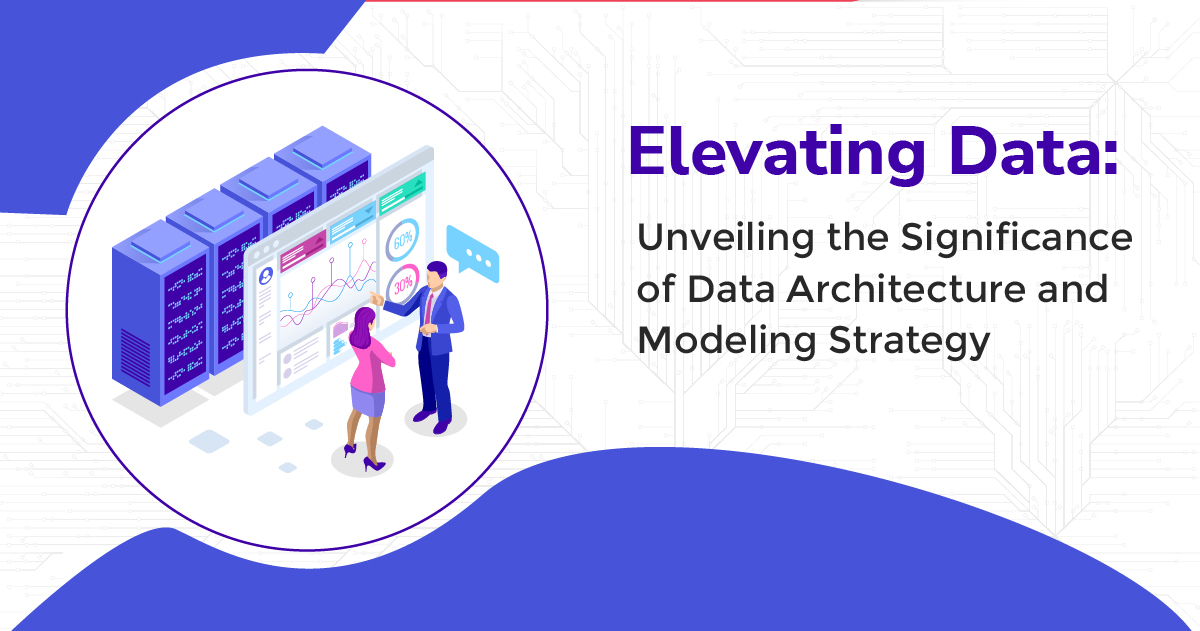Data can perform as a product when it is treated as a valuable asset that can be collected, processed, and monetised. In this context, organisations recognise the intrinsic worth of data architecture and offer it as a product or service to internal or external stakeholders. This approach involves leveraging data as a commodity that can be bought, sold, or exchanged.
For example, businesses may create data-driven insights, analytics, or reports that are valuable to their customers or partners. Additionally, companies in various industries, such as finance or network services and management, may package and sell datasets to other organisations for analysis or research purposes.
Treating data as a product requires ensuring its quality, security, and compliance with relevant regulations, emphasising the need for robust data governance practices. Ultimately, this perspective transforms data from a mere byproduct of operations into a strategic asset with economic value.
In this article, we explore the role of architecture and data modelling in creating data as a product. Data modelling and architecture go hand in hand for the success of data as a product. The data generated by organisations worldwide has reached 2.5 quintillions per day, and therefore, both architecture and modelling are necessary.
What is the difference between data modelling and architecture?
Data modelling and architecture are two different sets of processes. Data modelling is a process involved with the details of the specific data assets that are used for data models and packets involved in network services and management. The data models are used to show the visual representation of data entities and their attributes. Data modelling is used to offer clarity on how data is used in the networks. The data models are used to specify the relation of specific data entities with each other. Data models are used to design the database structure for data entities.
Data architecture, on the other hand, is used to create the framework for data management and usage. Data models are a crucial element of the architectures that are used in IT Infrastructure management. The established architecture of the IT networks simplifies data modelling, so Data modelling andarchitecture are linked. An architecture that has been well-defined can be used for the proper management of IT networks.
What are the benefits of data architecture?
There are many benefits of architecture that need to be highlighted and discussed.
Data integration
Architecture helps in integrating data from various sources. Thus, it ensures that the sharing of information is consistent. The sharing of information is accurate and completely optimised with the use of data integration. The data integration process is supported by the architecture so that the whole network functions properly. The IT Infrastructure management can be done properly if the architecture is strong and durable.
Data quality
The data quality across multiple networks is also improved with the help of the architecture. The architecture ensures that the data used for decision-making is reliable and accurate. The data quality is maintained in its true form across the network points with the help of the data nodes in the architecture. The data quality and nature can be well maintained if the architecture is structured and strong. For the promising future of data centres, the use of proper architecture is important.
Efficient data storage
The architecture of data can also help foster better data storage and management. The storage structures are optimised and managed properly so that the data can be stored and used for different purposes. Efficient data storage also depends on the different aspects of data and its nature. The data storage structures should be used to manage and create the network so that data can be stored at different points.
Improved decision-making
The improved decision-making process is also supported by architecture. Data-driven decisions can be made with the help of data structures and architecture. The data is stored properly and maintained very well with the help of data structures and the architecture of it all. The promising future of data centres depends on the proper use of architecture.
Benefits of data modelling
There are many benefits of data modelling and structuring. The benefits are as follows-
Clarity and understanding
The proper modelling and understanding of the data given can be done through data models and remodelling. Proper modelling and remodelling of the data offers a clarity that evades the network otherwise. The data models are used to give more clarity to how data can be interpreted and used. The data should be looked at carefully through the intricacies of the model to be understood properly.
Communication
The models and data structure can also be used for communication. Data models serve as a common language for communication between different stakeholders, including database designers, business analysts, developers, and other team members. This facilitates effective collaboration and ensures that everyone has a shared understanding of the data structure. The data structures and models are the ones that can be used for communication and translation of language across different media forums.
Requirement analysis
Data modelling is an essential part of the requirements analysis process. It helps in capturing and documenting business requirements by identifying entities, relationships, and attributes relevant to the organisation’s operations. The data models and the processes can be used to create the complete requirement roster needed for requirement analysis. With proper requirement analysis, you can get insights into how the requirements can be used to create the final project.
Identifying business rules
The data models are also used to identify the business rules and the framework for different organisations. Data models assist in identifying and documenting business rules that govern data relationships and behaviour. This ensures that the database design aligns with the business logic and requirements. The data models can be used to assist businesses in realising the problems linked with the business rules and to rectify them. The data models can be used across different platforms to create business rules that are better and highly improved.
The data models and architecture can be used to create networks, and important factors can be taken into consideration when creating the data structure and architecture. Data modelling is a critical step in the database development process, providing numerous benefits that contribute to better understanding, effective communication, and efficient management of an organisation’s data. Data modelling and architecture are both needed to create what is important and necessary for the networks and IT infrastructure.
Conclusion
Architecture and data modelling are closely related concepts but serve distinct purposes in the realm of data management. architecture refers to the overarching framework that defines how data is collected, stored, processed, and accessed within an organisation. It encompasses the overall design principles, standards, and policies that govern the organisation’s data infrastructure.
On the other hand, data modelling is a specific activity within architecture, focusing on creating visual representations of data structures and relationships. It involves designing and documenting the database schema and identifying entities, attributes, and their interrelationships.
While architecture provides holistic guidelines for organising data across the entire enterprise, data modelling is a more granular process that aids in the detailed design and implementation of specific databases, ensuring clarity, consistency, and alignment with business requirements.










